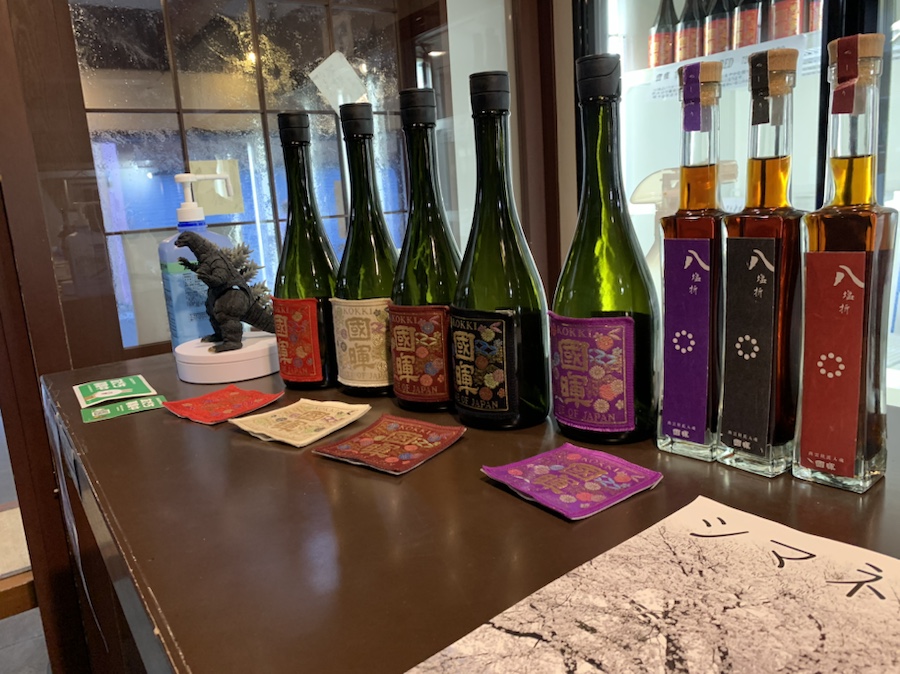
It seems as if the days are long gone when the negative connotations of the word green took pride of place in the Anglophone world; i.e., green as in inexperienced, green as in jealous (“green with envy”), green as in “I don’t want to eat green eggs and ham.” The Midoris of this world must be very happy, indeed. Today, the ecologically honky-dory connotation predominates, but green quite clearly does not always trump brown, as is evidenced by what is going on at Tottori’s sand dunes.
Recently, we made a long-intended but unrealized trip to this prefecture to see its sand dunes, which are quite impressive. Coincidently, a few days before we left for Tottori, The Japan News ran an article “Trying to Keep Tottori Sand Dunes from Going Green” by Osamu Kanazawa (October 2, 2023). In short, unwelcomed greenery is encroaching on this special place and threatening its very existence! The photograph above will give our readers some idea of what is taking place there. More information can be obtained from The Japan News article, but it is clear that a Goldilocks zone must be found in Tottori, to be sure, but probably in other places, as well.
The dune-climbing left us tired and in need of refreshment. Luckily, we found it with a bottle of sake purchased at Kokki Sake Brewery called Kokki – Beige, a Junmai Daiginjo-shu that is characterized by a sweetness followed by a pleasant acidity.
Kokki Sake Brewery is located in the castle town of Matsue, Shimane Prefecture, which we had visited the day before. Matsue is a short 1.5 hours away by express train from the city of Tottori.

Kokki – Beige has won several awards in Europe, including the platinum award at Kura Master in 2023, a French sake competition started in 2017, and a silver award at the International Wine and Spirit Competition (IWSC) in both 2022 and 2023. Indeed, this sake with its rich body and distinct sweetness would pair well with Westerm dishes that have strong umami, like Stilton or other blue-veined cheese, Jamon iberico, and Mimolette. Another attractive element is the label, which is made of woven cloth similar to the type used for obi, the belt that engirdles a kimono, a Japanese traditional dress. During our tasting at the brewery we were informed that the label can be removed and used as a coaster. Indeed, the label is impressive and is a keepsake item.

This blog post cannot be ended without mentioning the unique line of sake from Kokki Brewery, beverages we tasted but unfortunately did not purchase at that time.
This is the Yashiori (八塩折) series. Rather than using the usual rice, koji and water during the fermentation stage of sake brewing, the water is replaced entirely with the previous year’s sake, and fermentation is repeated several times over several years. This sounds similar to but is different from Kijoshu, which swaps out part but not all of the water often during the last stage in the three-step mashing process. The result is an amber sake that has a strong body with pronounced sweetness and a nutty mushroom aroma that reminds the writer a bit of Koshu (古酒), or aged sake. At the Kokki Sake Brewery you can have a nice tasting of their various offerings, so we urge you to pay them a visit when traveling in the Chugoku region of Japan.
For more information on the Kokki Sake Brewery please visit.